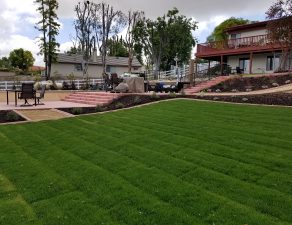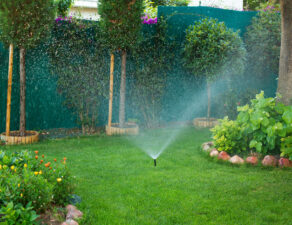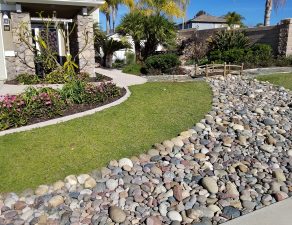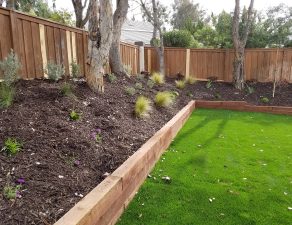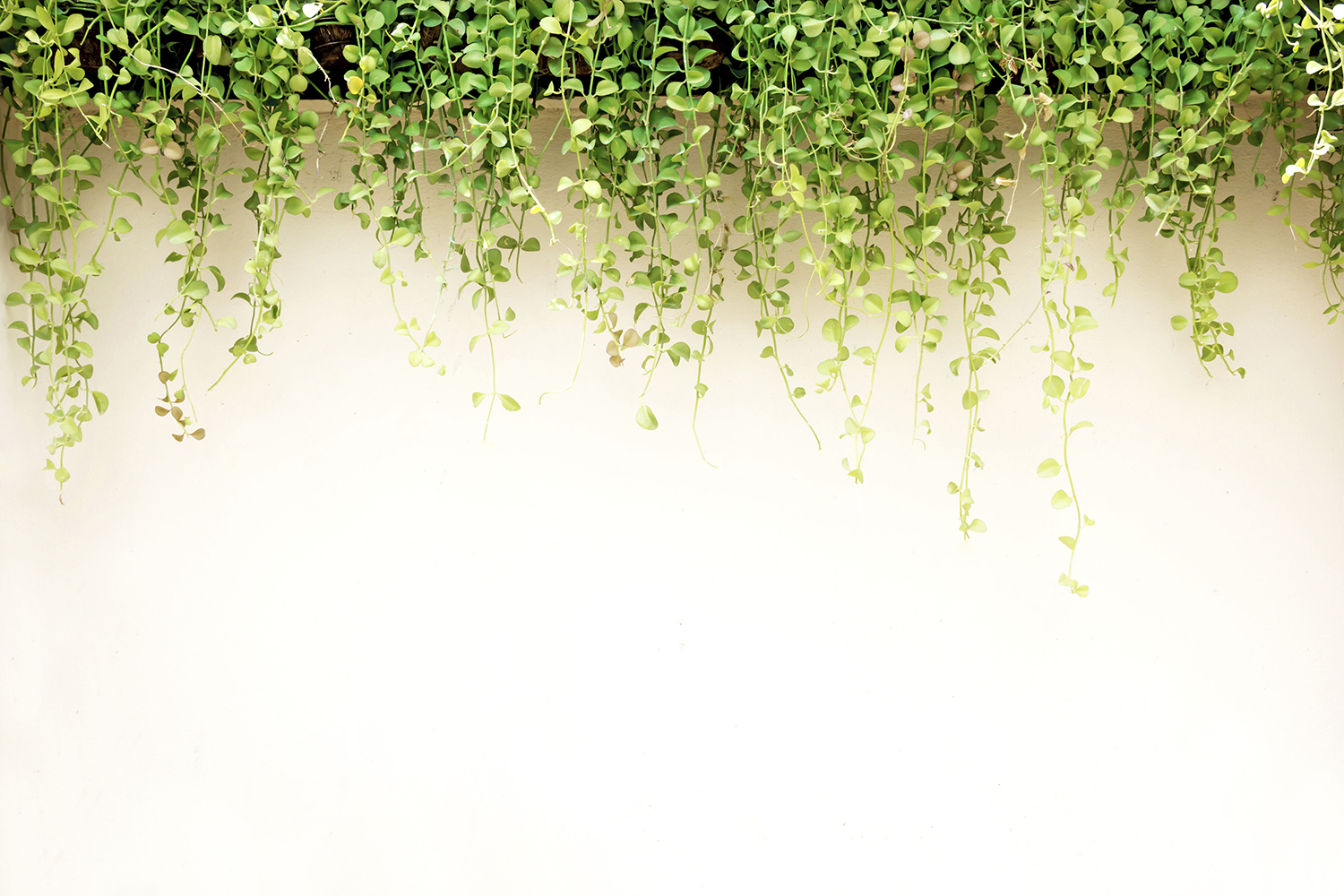
Clinging vines, such as the elegant creeping fig and the classic Boston ivy, can transform a drab wall or fence into a lush green masterpiece. These vines are not only aesthetically pleasing but also provide valuable shade and insulation. In this blog, we’ll guide you through the process of growing and maintaining clinging vines and even offer advice on removal if you’ve inherited them and they’re not to your liking.
Getting Started: Planting and Growing Clinging Vines
- Choose the Right Location: Clinging vines thrive in locations with partial to full sun. Ensure your chosen spot receives adequate sunlight.
- Soil Preparation: Ensure the soil is well-draining and fertile. Adding organic matter like compost can improve soil quality.
- Planting: Depending on the vine’s size, dig a hole large enough to accommodate the root ball. Plant it at the same depth it was in its nursery container.
- Watering: Provide regular, consistent watering to establish the vine. Once established, they are generally drought-tolerant.
- Support Structures: Install trellises, wires, or other support structures for the vines to cling to. Make sure these structures are sturdy and can bear the weight of the mature vine.
Ongoing Maintenance: Nurturing Your Clinging Vines
Pruning Your Clinging Vines
Regular pruning is essential to keep the vines in check. Trim excess growth to maintain the desired shape and prevent them from becoming invasive.
Fertilizing Your Clinging Vines
Fertilize once a year in the spring with a balanced, slow-release fertilizer to provide essential nutrients.
Pest and Disease Control for Clinging Vines
Keep an eye out for pests like aphids or scale insects. Treat infestations promptly with insecticidal soap or neem oil.
Winter Care for Clinging Vines
In colder climates, protect your clinging vines during the winter by mulching around the base and wrapping the vines with burlap or frost cloth.
Unwanted Clinging Vines: Removal Options
Sometimes, you might inherit clinging vines when you buy a house, and they might not align with your preferences. Here’s how to remove them:
- Hand Pruning: Trim the vines at the base near the ground. Be prepared for persistent regrowth, as some vines may re-emerge.
- Chemical Removal: You can use herbicides specifically designed for woody vines, following the manufacturer’s instructions carefully. Be cautious when using chemicals, as they can harm other nearby plants.
- Mechanical Removal: If you’re dealing with a large, established vine, consider using a chainsaw or similar equipment to cut it down. Be cautious and ensure safety during this process.
- Professional Help: If the vine is deeply rooted or poses structural risks to your property, it’s wise to hire a professional landscaper or arborist to safely remove it.
Clinging vines can be a beautiful addition to your landscape if cared for properly. Whether you’re growing them from scratch or inherited them and wish to remove them, understanding the basics of their care and maintenance is essential. With the right approach, you can enjoy the beauty of clinging vines or reclaim your outdoor space according to your preferences. Call us to discuss your ideas, and we can help you include clinging vines in your landscape plan.

